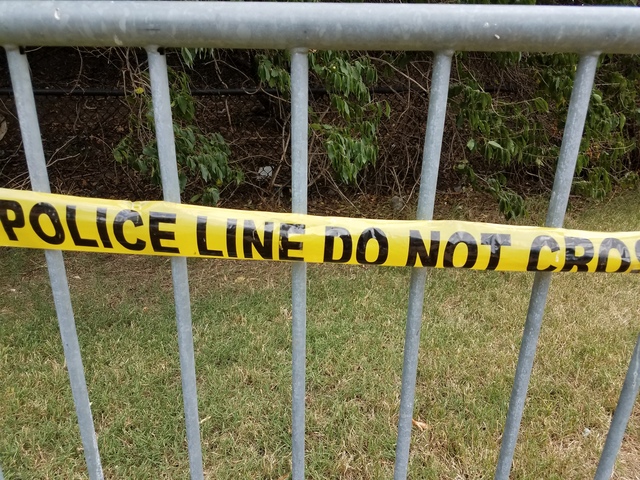


The Crisis After the Crisis: What You Can Expect After an Active Shooter Incident
By William Flynn for Industry Dive
While the article cited below was written for the grocery industry, it’s good advice for any company or organization. The writer, William Flynn, is a former principal deputy assistant secretary of the Department of Homeland Security’s Office of Infrastructure Protection and former assistant commissioner of the New York City Police Department.
Five minutes or less — that’s how quickly 70% of active shooter incidents end, according to the Federal Bureau of Investigation. But once an assailant is neutralized, what’s next?
This is a question supermarkets have increasingly had to ask themselves over the years. Between 2000 and 2020, 78 people were killed in 28 shootings at grocery stores, according to FBI data cited by The Washington Post.
Since the pandemic started, grocery stores have stayed open, and workers have been exposed to increased workplace violence due to societal stressors brought on by several factors, including COVID-related health concerns, pandemic fatigue, economic uncertainty, record levels of inflation, social unrest and political divisiveness.
In the aftermath of these events, incident sites become active crime scenes. While most security and risk management leaders focus on preventing and responding to active threats, food retail managers must include post-incident recovery in their emergency management planning.
Once a threat no longer exists and after the wounded have been evacuated, management should engage in post-incident assessments and activities in coordination with local law enforcement and emergency personnel, including:
- Accounting for all individuals (including any casualties)
- Staffing/standing up a Family Assistance Center (FAC)
- Assessing the psychological state of individuals at the scene and referring them to health care specialists accordingly
- Employing business continuity plans to ensure mission-essential functions are carried out
- Communicating to victims, staff, families, and the media
- Determining a transition plan that includes when to resume normal business operations
For more, click here.